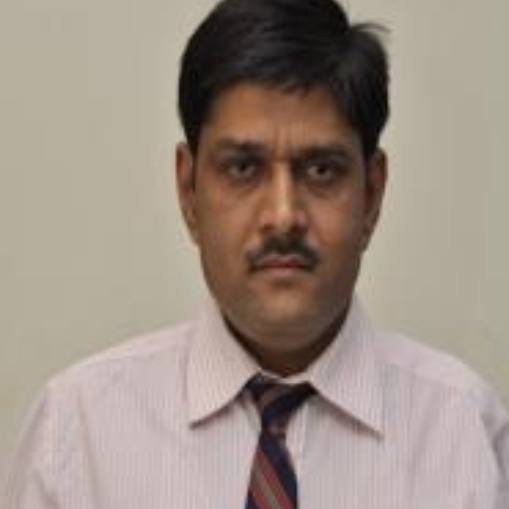
Ravindra Kumar Yadav
Work place: Department of ECE, JRE Group of Institutions, Greater Noida, Uttar Pradesh, India
E-mail: ravipusad@gmail.com
Website:
Research Interests: Computational Physics, Physics
Biography
Dr. Ravindra Kumar Yadav is an Professor in the Department of Electronics &
Communication Engineering at JRE group of Institutions, Greater Noida, U.P. Technical
University Lucknow, Uttar Pradesh. He is B.E from B. N. College of Engineering, Pusad,
Maharastra and M.E. from M.S. University, Baroda, Gujrat. And PhD in the field of
antenna. He has 17 years of teaching experience in the field of microwaves and EM waves
and also published the several papers to his credit in international/national journals,
conferences and symposiums on antennas and fractal antennas. He has guided several B.
Tech and M. Tech project. He is also the member of IEEE
Author Articles
Characterization of Shielding Effectiveness of General Metallized Structure
By Avinash Mritunjay Rai Ravindra Kumar Yadav
DOI: https://doi.org/10.5815/ijwmt.2014.05.04, Pub. Date: 26 Nov. 2014
This paper describes the step-by-step procedure to design an aperture and calculation of Shielding effectiveness (SE) based on the literature reviewed and is analytically and experimentally verified using High Frequency Structural Simulator (HFSS).Also this paper includes the characterization of SE for different materials like copper, aluminum, stainless steel and nickel, which is further examined for different parameters variation effect (like dimension of wire, length of wire and frequency) is analyzed.
[...] Read more.Effects of Superstrate on Electromagnetically and Gap Coupled Patch Antennas
By Ravindra Kumar Yadav Jugul Kishor R. L. Yadava
DOI: https://doi.org/10.5815/ijwmt.2014.03.03, Pub. Date: 1 Oct. 2014
In this paper the effects of water loading (termed as superstrate) on the characteristics of an electromagnetically (EM) and coupled pentagonal patch antennas operating in the ISM band have been described. The proposed antenna structures are analyzed using HFSS and the influence of the superstrate on resonant frequency, bandwidth, VSWR and radiation characteristics have also been analyzed. The obtained results also reveal that a larger bandwidth can be found in case the dielectric substrate is separated by air gap spacing. In addition, though impedance matching is little deteriorated due to loading, however the operating frequency band (BW) shifted to lower side significantly.
[...] Read more.Other Articles
Subscribe to receive issue release notifications and newsletters from MECS Press journals